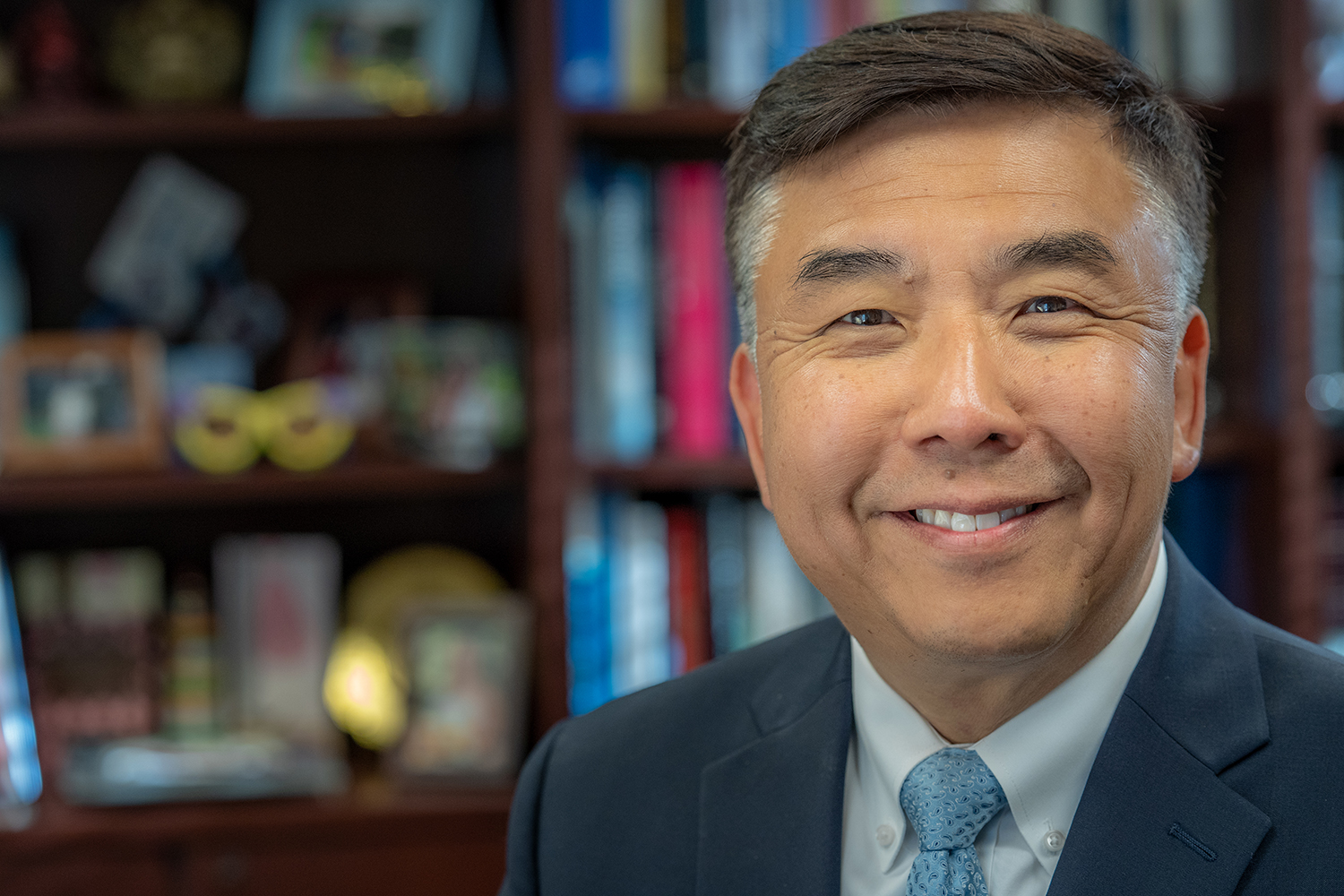Ostrow’s Associate Dean of Research Yang Chai inducted into NAI Senior Class of 2024

Posted
12 Mar 24
The distinction goes to inventors in higher education who could bring impact to the welfare of society.
ASSOCIATE DEAN OF RESEARCH YANG CHAI PhD ’91, DDS ’96 has earned a prestigious accolade for his transformative research related to craniofacial development, tissue regeneration and birth defects.
The National Academy of Inventors (NAI), a nonprofit member organization that encourages inventors in higher education, has named Chai as part of its 2024 class of senior members.
Election as an NAI senior member recognizes remarkable innovation in “technologies that have brought, or aspire to bring, real impact on the welfare of society.” Additionally, it recognizes academic inventors with increasing success in patents, licensing and commercialization.
Joining Prestigious Ranks
Chai joins the ranks of 553 senior members worldwide. He is the first from Ostrow.
“It’s very humbling to be included in this prestigious group,” Chai said. “We’re in the business of innovation to provide better treatment for patients, which in itself is really exciting. On top of that, to be recognized by my peers that my invention has practical application is a true honor.”
Chai has developed a system to regenerate skull bone to address deformities using innovative 3D-printed scaffolds seeded with stem cells. He’s on the path to successfully implement this new technology.
The NAI honor is also a coup for USC as a major research institution. “Collectively, as a faculty, we’re training the next generation of scientists while generating new technology and new devices to improve lives,” said Chai, who also serves as director of the Center for Craniofacial Molecular Biology and is the George and MaryLou Boone Chair in Craniofacial Molecular Biology at Ostrow. “This recognition means we are on the cutting-edge of science, and we are making a real impact.”
Developing a Face-Saving Solution
Chai started his career as an oral maxillofacial surgeon, treating patients with craniofacial birth defects, including cleft lip and cleft palate. While he saw success with surgery, the interventions raised questions he couldn’t answer.
“Parents would ask, ‘Why did this happen to my child? If we have another child, will they have the same condition?’” Chai said. “I didn’t have good answers. That propelled me to pursue further training into the causes of all these malformations in the craniofacial region.”
Chai started researching craniofacial developmental biology and the potential of stem cells to regenerate tissue. His research led to many advancements, including the development of the custom 3-D printed scaffolds to regenerate skull bone.
Currently, a titanium plate is used to repair skull defects, or as Chai explains, “a mechanical solution for a biological problem.” Instead, Chai’s tissue-regeneration products provide a biological solution.
“We regenerate natural bone that integrates with the native bone, so seamlessly, you wouldn’t know there was a defect,” he explained.
If his products are brought to market, “it could fundamentally change how patients are treated,” he said.
Chai is in early interactions with the Food and Drug Administration, and his lab is planning the first Phase One clinical trial with patients.
Beyond that, his laboratory continues its research into the possible causes of cleft lip and cleft palate.
Motivated By Patients
“We’ve done a great deal to gain a better understanding about the mechanism,” he said. “This can lead to improved diagnosis, and possibly, prevention.”
He’s also exploring craniosynostosis and how this skull deformity impacts brain function.
“The research I’m most proud of is the discovery — at least in the preclinical stage — that craniosynostosis could be related to a deficiency of stem cells,” he says. “That knowledge has changed how we look at this disease, and how we might treat it in the future.”
Chai’s innovative research has earned him many prestigious accolades along the way, including being elected to the National Academy of Medicine and the Paul Goldhaber Award from the Harvard School of Dental Medicine.
While honored by this recognition, it’s not what drives him.
“Our face is our identity, and if there’s a deformity, it’s very devastating,” he said. “I’m really motivated by patients — they are why I started this research and why I’ve continued with it all these years.”